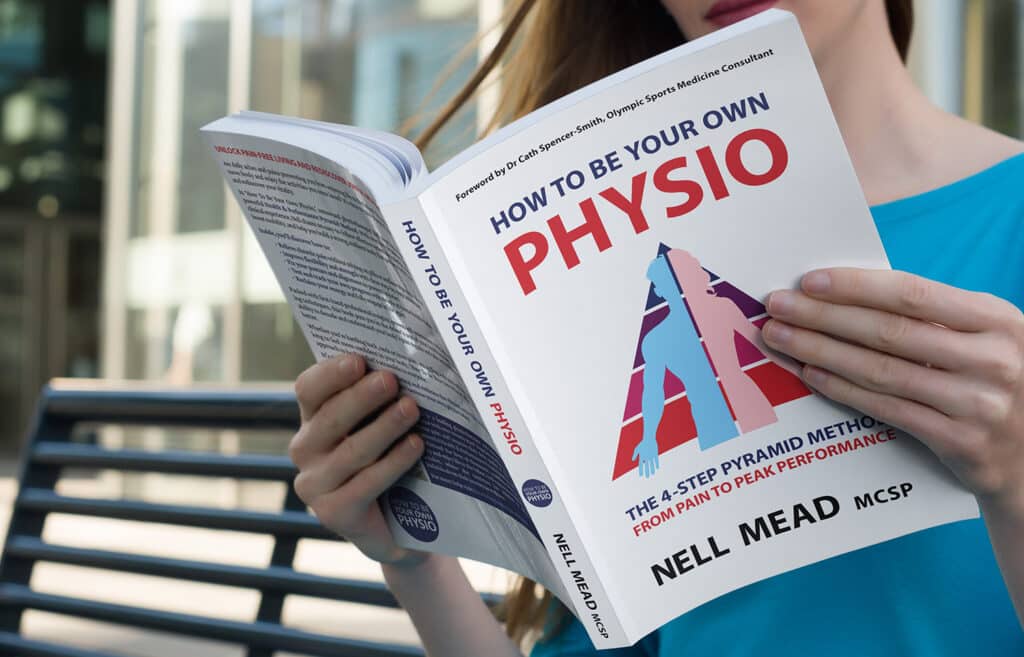Come and see me in clinic
A different approach to long term recovery: what to expect at your appointment
You may have seen physiotherapists, osteopaths or chiropractors before — lots of my patients have been “around the houses” before they see me. Please expect treatment with me to be a bit different!
Get in contact
Just call my London team on
0207 175 0150 or use the form below and let me help you get better.
Just call my London team on
0207 175 0150 or use the form here.







